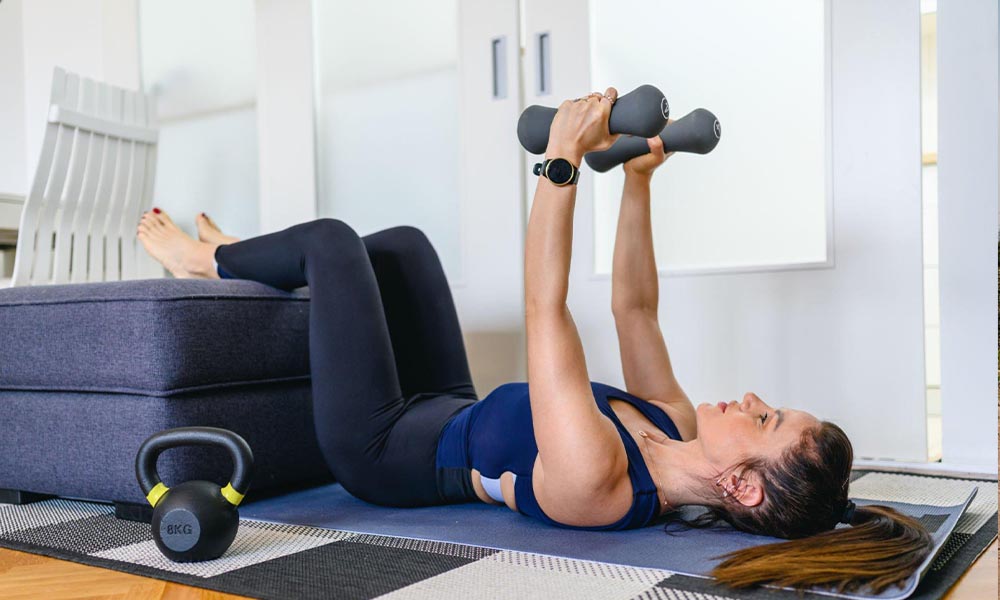The French Press exercise, also known as the tricep extension or skull crusher, is a popular strength training exercise that targets the triceps muscle group. It involves extending the arms overhead while holding a weighted barbell or dumbbells, and then lowering the weight behind the head. This exercise is highly effective for building arm strength and improving overall upper body definition.
Table of Contents
ToggleBenefits of the French Press Exercise
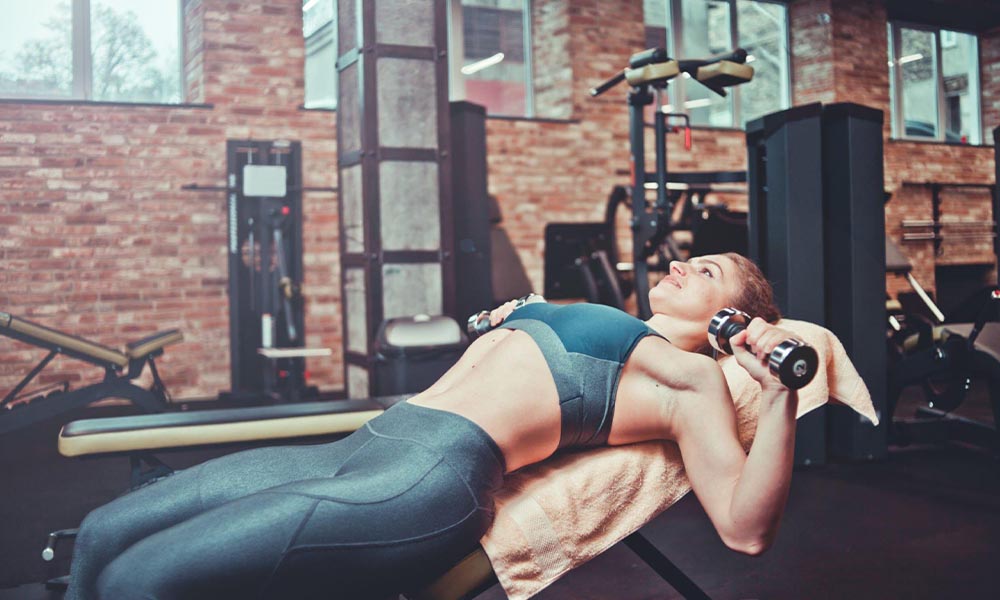
The French Press exercise offers a range of benefits for fitness enthusiasts. Firstly, it specifically targets the triceps muscles, which are responsible for elbow extension. Strengthening these muscles can improve your ability to push objects and perform other upper body movements with greater force.
Additionally, the French Press exercise helps to increase muscle mass and definition in the arms. By engaging the triceps, this exercise contributes to a well-rounded upper body appearance and can help you achieve the coveted “toned” look.
Furthermore, the French Press exercise can also enhance your overall athletic performance. Strong triceps are essential for many sports and physical activities, such as throwing, swinging, and pushing. By incorporating this exercise into your fitness routine, you can improve your performance in these areas.
Muscles Targeted by the French Press Exercise
The primary muscle targeted by the French Press exercise is the triceps brachii, commonly known as the triceps. This muscle group is located on the back of the upper arm and is responsible for elbow extension. It consists of three heads: the long head, lateral head, and medial head.
In addition to the triceps, the French Press exercise also engages other muscles in the upper body. These include the deltoids, pectoralis major, and the muscles of the forearm and wrist. While these muscles are not the primary focus of the exercise, they play a supporting role in stabilizing the arms and helping to maintain proper form.
Proper Form and Technique for the French Press Exercise
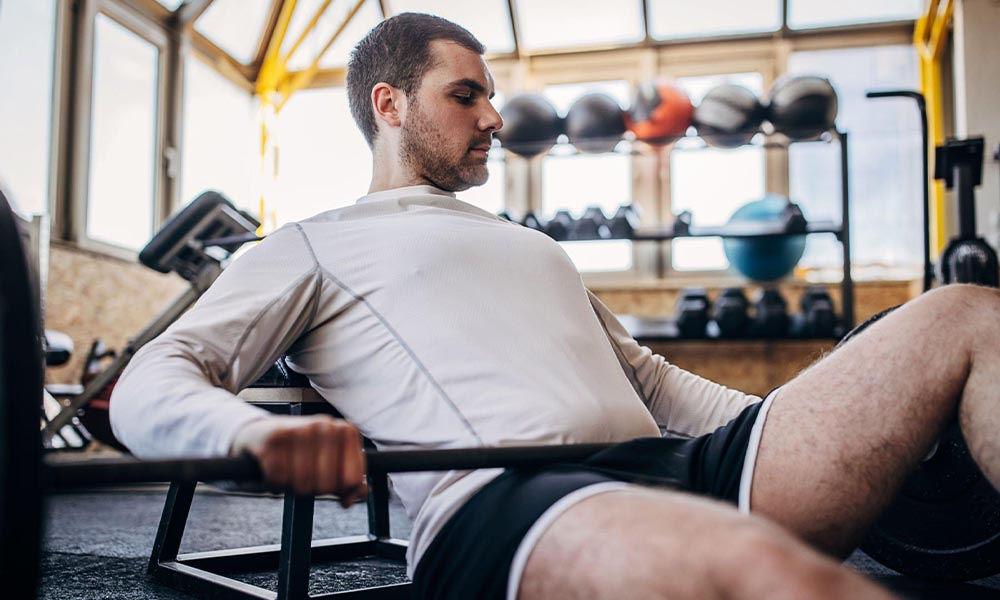
Proper form and technique are crucial when performing the French Press exercise to ensure safety and maximize results. Here’s a step-by-step guide to executing the exercise correctly:
- Start by lying on a flat bench with your feet firmly planted on the ground and your head supported. Hold a barbell or dumbbells with an overhand grip, slightly wider than shoulder-width apart.
- Extend your arms straight up towards the ceiling, keeping your elbows locked and your palms facing inwards.
- Slowly lower the weight towards the top of your head, bending your elbows and keeping them close to your ears. Be careful not to let the weight drop too far back, as this can strain the shoulder joints.
- Once the weight is just above the forehead, pause for a moment, and then push the weight back up to the starting position, fully extending your arms.
- Repeat for the desired number of repetitions, maintaining a controlled and smooth movement throughout the exercise.
Variations and Modifications of the French Press Exercise
The French Press exercise can be modified and varied to suit different fitness levels and goals. Here are some variations and modifications you can incorporate into your workout routine:
- Close Grip French Press: This variation involves using a narrower grip on the barbell or dumbbells, placing more emphasis on the triceps muscles. By bringing your hands closer together, you can increase the intensity of the exercise and target specific areas of the triceps.
- Dumbbell French Press: Instead of using a barbell, you can perform the French Press exercise with dumbbells. This allows for a greater range of motion and can help to improve stability and balance.
- Seated French Press: If you prefer to perform the exercise in a seated position, you can do so by using an adjustable bench. This variation can help to isolate the triceps muscles and minimize involvement of other muscle groups.
- Resistance band French Press: For those who do not have access to barbells or dumbbells, the French Press exercise can be performed using resistance bands. This modification provides a challenging workout while also improving muscle endurance.
Incorporating the French Press Exercise into Your Workout Routine
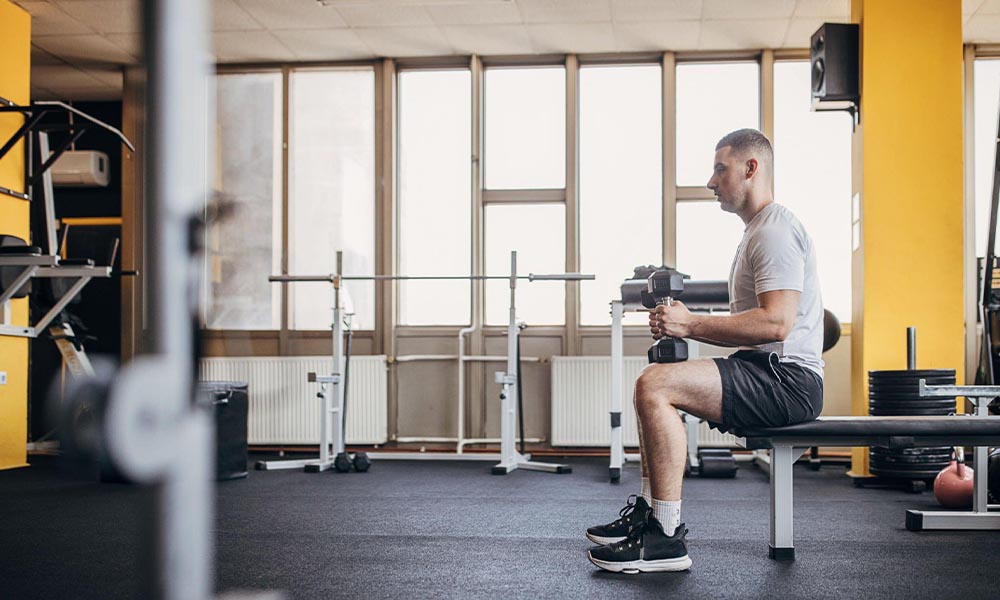
To incorporate the French Press exercise into your workout routine, it’s important to consider your fitness goals and current level of strength. Here are some tips to help you integrate this exercise effectively:
- Frequency: Aim to perform the French Press exercise two to three times per week, allowing for at least one day of rest between sessions. This will give your muscles time to recover and grow stronger.
- Sets and Repetitions: Start with two to three sets of 8-12 repetitions. As your strength improves, you can gradually increase the number of sets or repetitions to continue challenging your muscles.
- Order of Exercises: The French Press exercise is best performed towards the end of your upper body workout, after you have completed exercises that target larger muscle groups such as the chest or shoulders. This ensures that your triceps are adequately warmed up and ready for the exercise.
- Progressive Overload: To continue making progress and building strength, gradually increase the weight used for the French Press exercise. This can be done by adding small increments of weight or using resistance bands with higher resistance levels.
Common Mistakes to Avoid When Performing the French Press Exercise
While the French Press exercise is highly effective when performed correctly, there are some common mistakes that you should avoid to prevent injury and ensure optimal results. Here are a few mistakes to watch out for:
- Arching the Back: It’s important to maintain a neutral spine throughout the exercise. Avoid arching your back or lifting your hips off the bench, as this can put unnecessary strain on your lower back.
- Flaring the Elbows: Keep your elbows close to your ears throughout the movement. Flaring your elbows outwards not only reduces the effectiveness of the exercise but also places excessive stress on the shoulder joints.
- Using Excessive Weight: Start with a weight that allows you to maintain proper form and technique. Using too much weight can compromise your form and increase the risk of injury.
- Relying on Momentum: Avoid using momentum to lift the weight. The French Press exercise should be performed in a slow and controlled manner to fully engage the triceps muscles.
Tips for Maximizing Your Results with the French Press Exercise
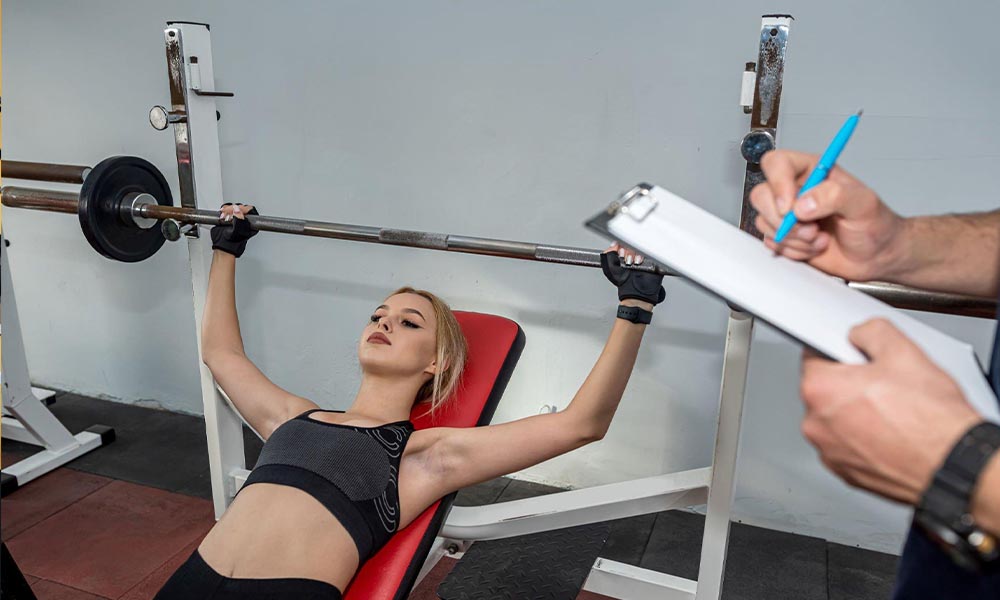
To maximize your results with the French Press exercise and continue making progress, consider the following tips:
- Focus on Mind-Muscle Connection: Concentrate on feeling the triceps muscles working throughout the exercise. Visualize the muscles contracting and extending with each repetition to enhance their activation.
- Gradually Increase Intensity: As your strength improves, gradually increase the intensity of the exercise by adding more weight, increasing the number of sets or repetitions, or reducing the rest time between sets.
- Maintain Proper Breathing: Breathe out as you extend your arms and push the weight up, and breathe in as you lower the weight towards your head. Proper breathing helps to stabilize your core and maintain control during the exercise.
- Listen to Your Body: Pay attention to how your body feels during the exercise. If you experience any pain or discomfort, modify the exercise or consult a fitness professional for guidance.
Safety Precautions and Considerations for the French Press Exercise
While the French Press exercise is generally safe when performed correctly, it’s important to take certain precautions to minimize the risk of injury. Consider the following safety tips:
- Warm up adequately before performing the exercise to prepare your muscles for the workout. This can include light cardio exercises, dynamic stretches, and mobility drills.
- Start with a weight that allows you to maintain proper form and technique. Gradually increase the weight as your strength improves, but always prioritize safety over ego.
- If you have any pre-existing shoulder or elbow injuries, consult with a healthcare professional or a qualified fitness trainer before attempting the French Press exercise. They can provide specific modifications or alternative exercises to suit your needs.
- If you experience any pain or discomfort during the exercise, stop immediately and seek medical advice if necessary. Pushing through pain can exacerbate injuries and lead to further complications.
Don’t miss out! Visit our blog to uncover expert advice on effective weight loss strategies without the need for exercise. Start your journey towards a healthier you now!
Frequently Asked Questions
What is the French Press exercise, and what muscles does it work?
The French Press, also known as the tricep extension, is an exercise that primarily targets the triceps muscles, located on the back of your upper arms. It’s a fundamental exercise for tricep strength and development.
Can beginners incorporate the French Press into their workout routines?
Yes, beginners can include the French Press in their workout routines, but it’s crucial to start with lighter weights and proper form to prevent injury. Seek guidance from a fitness professional if you’re new to weightlifting.
What equipment is needed for the French Press exercise?
To perform the French Press, you typically require a barbell, dumbbells, or an EZ-curl bar. Additionally, a workout bench or stability ball can provide support during the exercise.
Are there variations of the French Press exercise for added challenge?
Certainly! Variations include using different grips or equipment, such as straight barbells, EZ-curl bars, or dumbbells. Each variation can slightly change the emphasis on the triceps.
What are common mistakes to avoid when doing the French Press exercise?
Common mistakes include arching the back, using excessively heavy weights, flaring the elbows, and not fully extending the arms. Maintaining proper form and control is essential to prevent strain or injury.
How many sets and repetitions should I aim for with the French Press exercise?
The number of sets and repetitions depends on your fitness goals. For muscle building, aim for 3-4 sets of 8-12 repetitions with moderate weights. For strength development, use heavier weights with 3-5 sets of 4-6 repetitions.
Is the French Press exercise safe for individuals with elbow or shoulder issues?
Individuals with pre-existing elbow or shoulder problems should approach the French Press exercise with caution. It’s advisable to consult a healthcare professional or physical therapist before attempting this exercise.
Can the French Press exercise be part of a full-body workout routine?
Yes, the French Press can be incorporated into a comprehensive upper-body or full-body workout routine. Pair it with exercises targeting other muscle groups for a well-rounded workout.
What are some alternative exercises that complement the French Press for tricep development?
Effective alternatives include tricep dips, push-ups, and skull crushers. These exercises offer variety and work the triceps from different angles, enhancing overall tricep development.
Is it necessary to warm up before doing the French Press exercise?
Yes, it’s essential to warm up your triceps and surrounding muscles before attempting the French Press. Include light tricep stretches and warm-up sets with lighter weights to prepare your muscles for the exercise.
Prioritize safety and proper form when performing the French Press exercise or any weightlifting exercises. If you’re uncertain about your fitness level or technique, consider consulting a fitness professional or personal trainer for guidance.
Conclusion and Final Thoughts on Mastering the French Press Exercise
The French Press exercise is a versatile and effective exercise for targeting the triceps muscles and improving upper body strength. By incorporating this exercise into your workout routine and following the proper form and technique, you can maximize your results and achieve your fitness goals.
Remember to start with a weight that is appropriate for your current strength level and gradually increase the intensity as you progress. Avoid common mistakes and listen to your body to prevent injury and ensure a safe and effective workout.
Whether you’re a beginner or an experienced fitness enthusiast, mastering the French Press exercise can help you build stronger, more defined arms and improve your overall athletic performance. So grab those weights, focus on your form, and get ready to take your triceps to the next level!


